Home>Gardening & Outdoor>Landscaping Ideas>How Big Does Lemongrass Grow
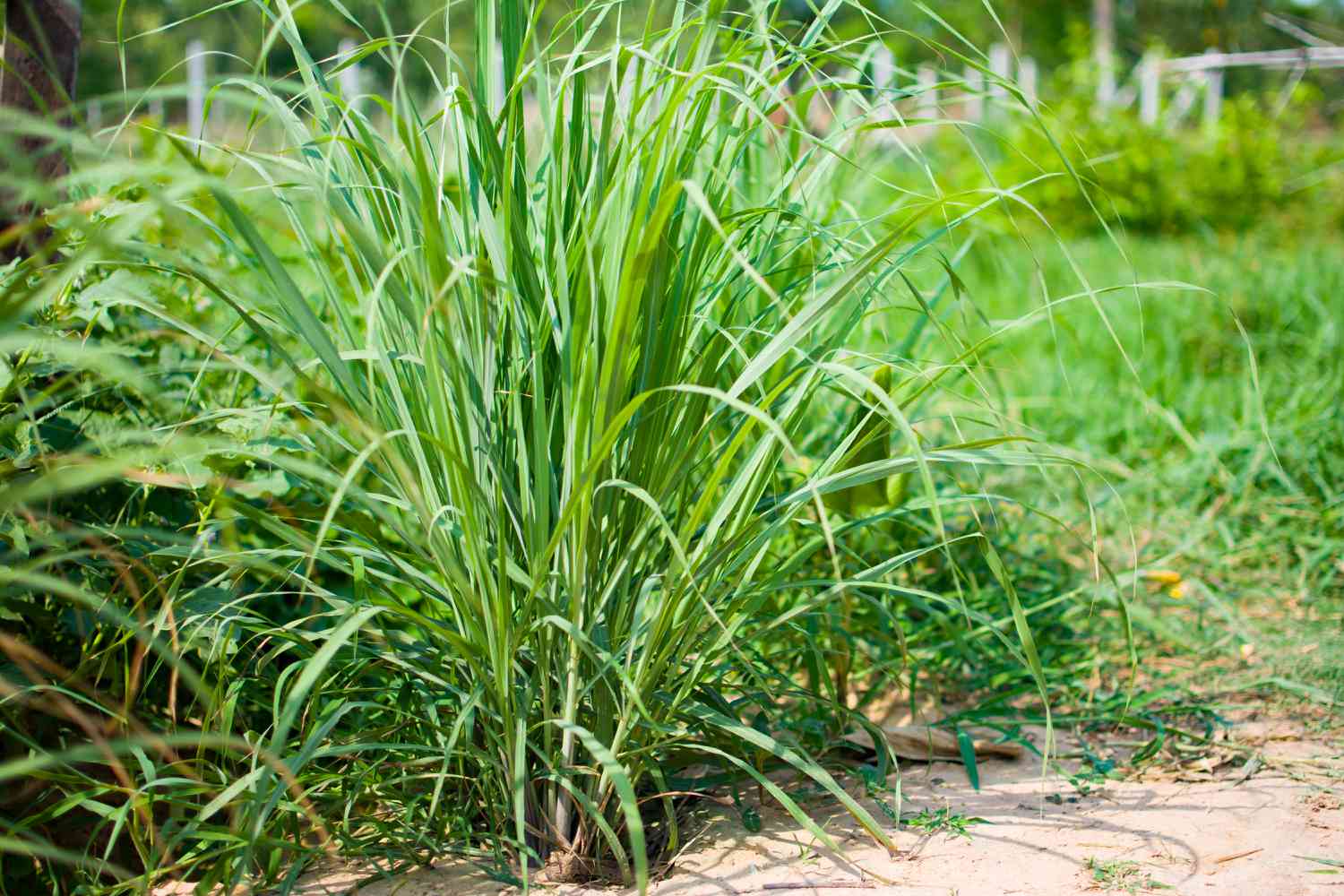

Landscaping Ideas
How Big Does Lemongrass Grow
Published: January 23, 2024
Discover landscaping ideas and tips for growing lemongrass in your garden. Learn how to maximize the growth potential of lemongrass in your landscape.
(Many of the links in this article redirect to a specific reviewed product. Your purchase of these products through affiliate links helps to generate commission for Storables.com, at no extra cost. Learn more)
**
Introduction
**
Lemongrass, with its refreshing citrus scent and versatile uses, is a beloved herb in the world of gardening and culinary arts. This tropical plant, known for its ornamental and culinary value, is a fantastic addition to any garden. As a gardener or landscaping enthusiast, understanding the growth patterns and requirements of lemongrass is crucial for cultivating a thriving and bountiful harvest. In this article, we will delve into the growth characteristics of lemongrass, exploring its ideal growing conditions, growth stages, factors affecting its development, and the best practices for harvesting. By the end of this read, you will have a comprehensive understanding of how big lemongrass can grow and the key factors influencing its growth. So, let's embark on this aromatic journey into the world of lemongrass cultivation!
Key Takeaways:
- Lemongrass thrives in warm, sunny climates with well-draining soil and regular watering. Understanding its growth stages and factors affecting its development is crucial for successful cultivation.
- Harvest lemongrass when it reaches 12-18 inches in height, using clean tools for a clean cut. Post-harvest care and ongoing plant maintenance are essential for regrowth and future harvests.
Read more: How Big Does Thyme Grow
Ideal Growing Conditions for Lemongrass
Creating the perfect environment for lemongrass to thrive is essential for ensuring robust growth and a plentiful harvest. Lemongrass, botanically known as Cymbopogon citratus, is native to tropical regions and therefore favors specific growing conditions. Here are the ideal parameters for cultivating healthy and vigorous lemongrass:
- Sunlight: Lemongrass thrives in full sun, requiring at least six to eight hours of direct sunlight daily. When selecting a location for planting, prioritize spots with ample sunlight exposure.
- Temperature: Being a tropical plant, lemongrass flourishes in warm climates. It is best suited for USDA hardiness zones 10 and 11, where temperatures remain consistently above 50°F (10°C). If you reside in a cooler climate, consider growing lemongrass in containers that can be brought indoors during the colder months.
- Soil: Well-draining, fertile soil is crucial for lemongrass cultivation. A sandy loam or loamy soil enriched with organic matter is ideal. Additionally, maintaining a slightly acidic to neutral soil pH within the range of 6.0 to 7.5 is beneficial for optimal growth.
- Watering: Lemongrass appreciates regular watering, especially during the initial stages of growth. However, it is important to avoid waterlogging, as excessive moisture can lead to root rot. Aim to keep the soil consistently moist but not waterlogged.
- Air Circulation: Good air circulation is beneficial for lemongrass plants, as it helps prevent fungal diseases and promotes overall plant health. When planting lemongrass, ensure that there is ample space between individual plants to facilitate air movement.
- Fertilization: Applying a balanced, slow-release fertilizer or organic compost to the soil at the beginning of the growing season can provide the necessary nutrients for robust growth. Additionally, a light application of fertilizer during the growing season can further support the plant’s development.
By adhering to these optimal growing conditions, you can create a favorable environment for lemongrass to flourish, ultimately leading to healthy, vibrant plants with robust growth potential.
Lemongrass Growth Stages
Understanding the growth stages of lemongrass is essential for effectively managing and nurturing the plant throughout its lifecycle. From germination to maturity, lemongrass undergoes distinct developmental phases, each requiring specific care and attention. Let’s explore the key growth stages of lemongrass:
- Germination: The journey of a lemongrass plant begins with the germination of its seeds. Under optimal conditions, lemongrass seeds typically germinate within 7 to 21 days. During this stage, maintaining consistent moisture and warmth is crucial to support the emergence of healthy seedlings.
- Seedling Stage: Once the seeds have germinated, the lemongrass enters the seedling stage. At this point, the young plants require adequate sunlight, moisture, and protection from extreme temperatures. It is essential to provide a nurturing environment to facilitate the establishment of robust root systems and healthy growth.
- Vegetative Growth: As the lemongrass plants mature, they enter the vegetative growth stage, characterized by the development of lush foliage and the gradual expansion of the plant’s overall size. During this phase, regular watering, appropriate fertilization, and sufficient sunlight are essential to support vigorous growth and the accumulation of essential oils that contribute to the plant’s aromatic properties.
- Tillering: Tillering, also known as the formation of new shoots or stalks, is a significant stage in the growth of lemongrass. This process contributes to the plant’s bushy appearance and enhances its yield potential. Providing adequate space and nutrients during this stage is crucial for encouraging prolific tillering and maximizing the plant’s productivity.
- Maturity: As the lemongrass reaches maturity, it exhibits robust growth and the development of flavorful, aromatic leaves and stalks. At this stage, the plant is ready for harvest, and its essential oils are at their peak concentration, making it an ideal time to gather the flavorful and aromatic parts of the plant for culinary or medicinal use.
By recognizing and accommodating the unique requirements of each growth stage, you can effectively nurture lemongrass plants, ensuring their optimal development and maximizing their yield potential.
Lemongrass can grow up to 6 feet tall, so make sure to give it plenty of space to spread out in your garden. Keep it well-watered and in full sun for best growth.
Factors Affecting Lemongrass Growth
The growth and development of lemongrass are influenced by various factors, ranging from environmental conditions to cultural practices. Understanding these factors is crucial for optimizing the growth and productivity of lemongrass plants. Here are the key elements that can impact the growth of lemongrass:
- Temperature: Lemongrass thrives in warm climates and is sensitive to cold temperatures. Exposure to frost or prolonged periods of low temperatures can impede its growth and lead to damage. Therefore, cultivating lemongrass in regions with a consistent, warm climate is essential for maximizing its growth potential.
- Sunlight: Adequate sunlight is vital for the photosynthetic processes that fuel the growth and development of lemongrass. Insufficient sunlight can lead to stunted growth and reduced essential oil production. Ensuring that lemongrass plants receive the recommended six to eight hours of direct sunlight daily is crucial for promoting robust growth.
- Watering: Proper irrigation is essential for supporting the growth of lemongrass. While lemongrass appreciates consistent moisture, waterlogged conditions can hinder its development and lead to root rot. Striking a balance by providing sufficient moisture without waterlogging the soil is critical for maintaining optimal growth conditions.
- Soil Quality: The quality of the soil directly impacts the growth of lemongrass. Well-draining, fertile soil enriched with organic matter provides an ideal foundation for robust growth. Additionally, maintaining the appropriate soil pH within the slightly acidic to neutral range supports the plant’s nutrient uptake and overall health.
- Nutrient Availability: Adequate nutrition is essential for the vigorous growth of lemongrass. Providing balanced fertilization and ensuring the availability of essential nutrients such as nitrogen, phosphorus, and potassium supports the plant’s metabolic processes and contributes to healthy, vibrant foliage and stalks.
- Pest and Disease Management: Pests and diseases can significantly impact the growth of lemongrass. Implementing proactive pest management practices and promptly addressing any signs of disease or infestation is crucial for safeguarding the plant’s growth and vitality.
By carefully considering and addressing these influential factors, you can create an environment that fosters the optimal growth and development of lemongrass, ultimately leading to healthy, productive plants with abundant aromatic properties.
Harvesting Lemongrass
Harvesting lemongrass is a rewarding culmination of the plant’s growth cycle, offering an opportunity to gather its aromatic and flavorful components for culinary, medicinal, and ornamental purposes. Knowing the optimal time and techniques for harvesting lemongrass is essential for obtaining the best yield and preserving the plant’s vitality. Here’s a comprehensive guide to harvesting lemongrass:
- Timing: Lemongrass is typically ready for harvest when it reaches a height of around 12 to 18 inches (30 to 45 centimeters). At this stage, the stalks are tender, and the essential oils responsible for the plant’s distinctive aroma and flavor are at their peak concentration. Harvesting at the right time ensures the best quality and flavor.
- Tools: To harvest lemongrass, you will need a sharp, clean pair of garden shears or a serrated knife. It is important to use well-maintained tools to ensure clean cuts and minimize the risk of damage to the plant.
- Cutting Technique: When harvesting lemongrass, carefully select the stalks that are mature and firm. Using your garden shears or knife, make clean cuts at the base of the stalks, just above the soil level. Aim to harvest the outer stalks first, allowing the inner shoots to continue growing and replenishing the plant for future harvests.
- Post-Harvest Care: After harvesting, trim the leafy tops and root ends of the stalks, retaining the central portion for use. Thoroughly rinse the harvested stalks to remove any debris or soil particles, and pat them dry with a clean cloth before storage or immediate use.
- Storage: Freshly harvested lemongrass can be stored in the refrigerator for several weeks. Alternatively, you can preserve the stalks by freezing or drying them for long-term use. Dried lemongrass can be used to infuse teas, create aromatic potpourri, or add flavor to culinary creations.
- Regrowth and Maintenance: Following the harvest, continue to provide the remaining lemongrass plants with proper care, including regular watering, fertilization, and maintenance. By nurturing the plants post-harvest, you can encourage regrowth and prepare the lemongrass for subsequent harvests.
By following these guidelines for harvesting lemongrass, you can optimize the yield and quality of the harvested stalks while promoting the ongoing health and productivity of the remaining plants.
Read more: How To Grow Lemongrass Plant
Conclusion
Delving into the world of lemongrass cultivation unveils a journey filled with aromatic delights, ornamental beauty, and culinary inspiration. By understanding the ideal growing conditions, growth stages, influential factors, and harvesting practices associated with lemongrass, you can embark on a rewarding and enriching gardening experience. From the warm embrace of sunlight to the nurturing embrace of fertile soil, lemongrass thrives in environments that prioritize its unique needs. As you tend to your lemongrass plants, fostering their growth and vitality, you become a steward of nature’s aromatic treasures.
Each growth stage, from the tender emergence of seedlings to the bountiful maturity of the plants, presents an opportunity to witness the remarkable resilience and beauty of lemongrass. The factors influencing its growth, encompassing temperature, sunlight, watering, soil quality, and pest management, serve as a reminder of the intricate balance that sustains the plant’s well-being. Harvesting the aromatic stalks of lemongrass marks a culmination of your efforts, offering a tangible expression of nature’s abundance and your dedication as a gardener.
As you savor the citrusy fragrance and culinary versatility of freshly harvested lemongrass, remember that the journey does not end with the harvest. By nurturing the remaining plants and facilitating regrowth, you perpetuate the cycle of abundance, ensuring a continuous supply of aromatic delights for your culinary endeavors and sensory indulgence.
In conclusion, the journey of cultivating lemongrass transcends the boundaries of horticulture, offering a profound connection to nature’s gifts and the joy of nurturing life. Embrace each growth stage, tend to the influential factors with care, and savor the rewards of a well-timed harvest. As you immerse yourself in the world of lemongrass, may its vibrant essence infuse your surroundings with vitality and delight, enriching your gardening endeavors and culinary creations with its distinctive allure.
Frequently Asked Questions about How Big Does Lemongrass Grow
Was this page helpful?
At Storables.com, we guarantee accurate and reliable information. Our content, validated by Expert Board Contributors, is crafted following stringent Editorial Policies. We're committed to providing you with well-researched, expert-backed insights for all your informational needs.

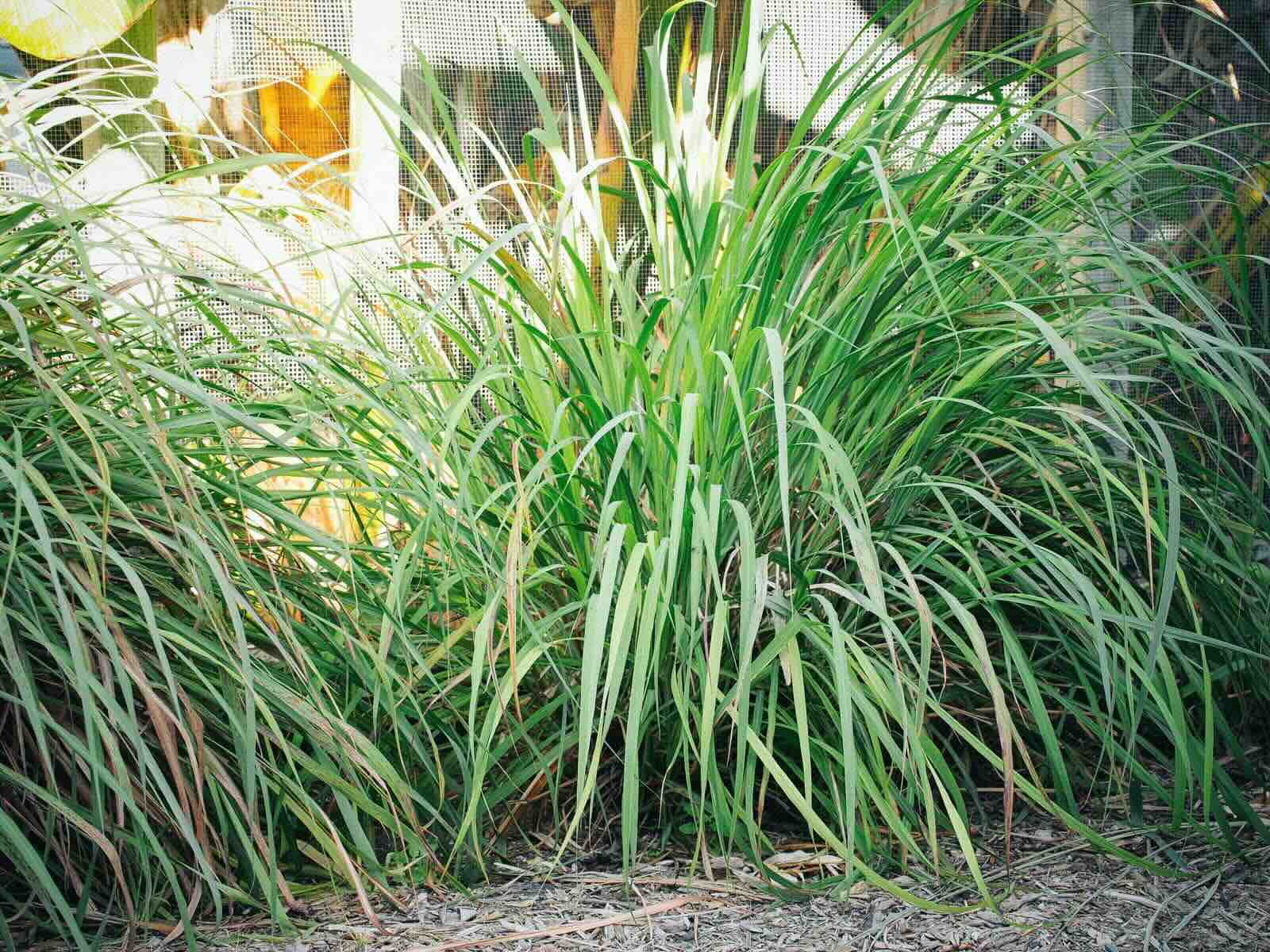
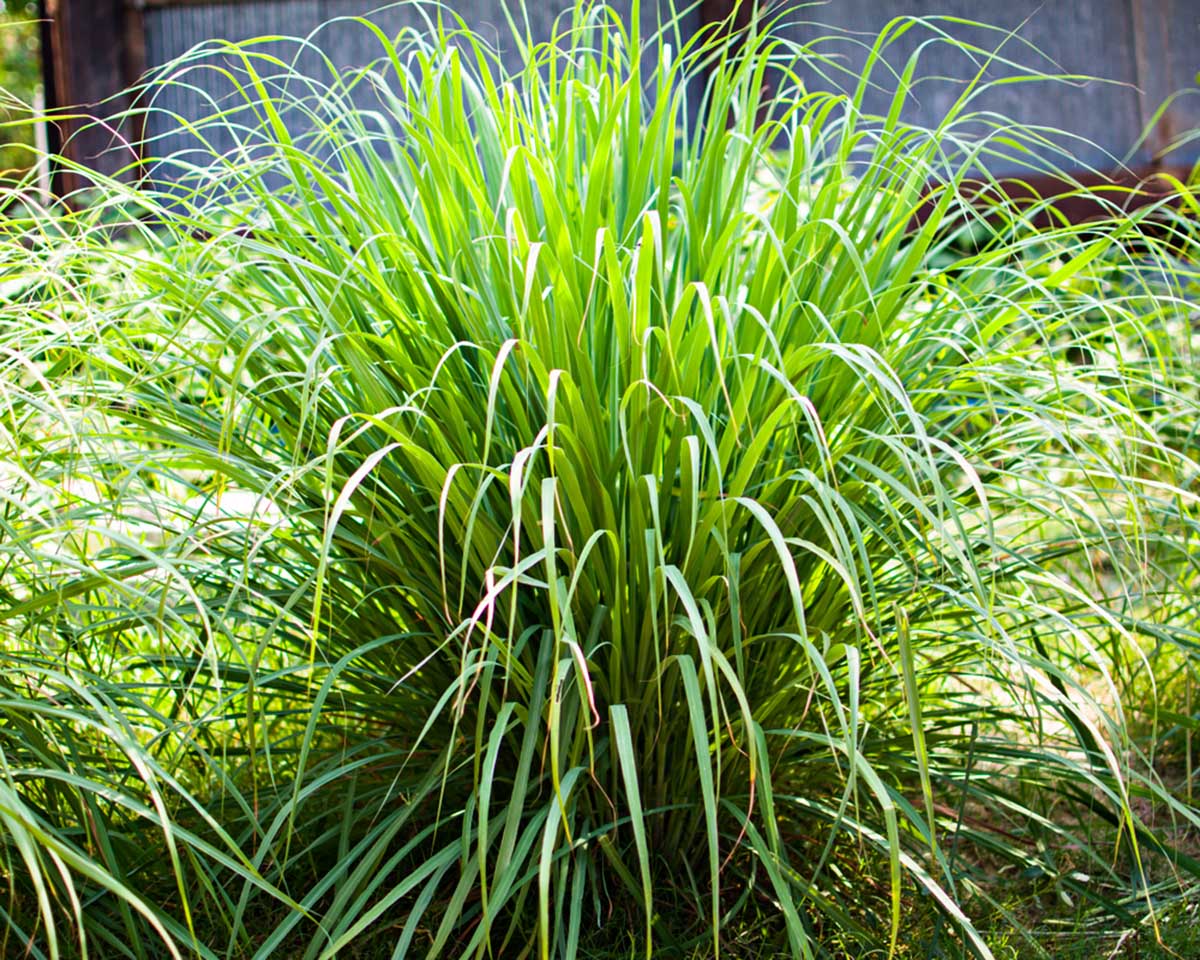
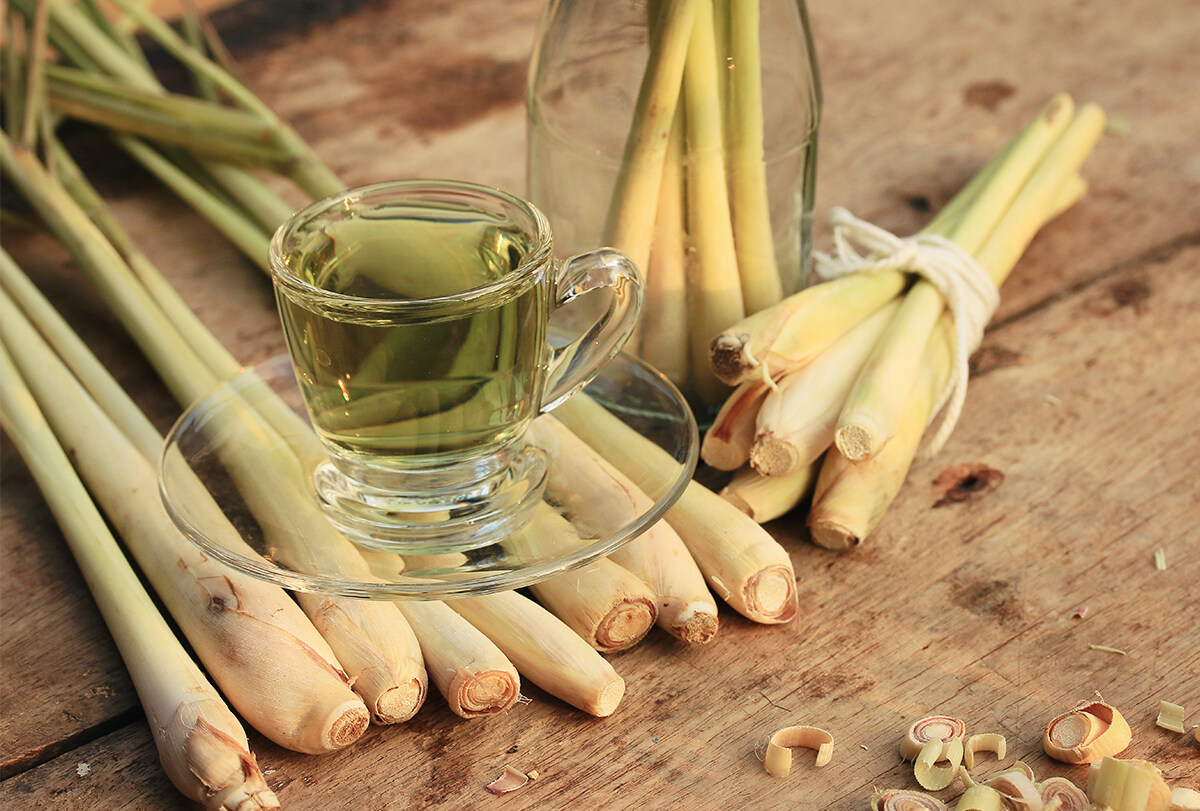
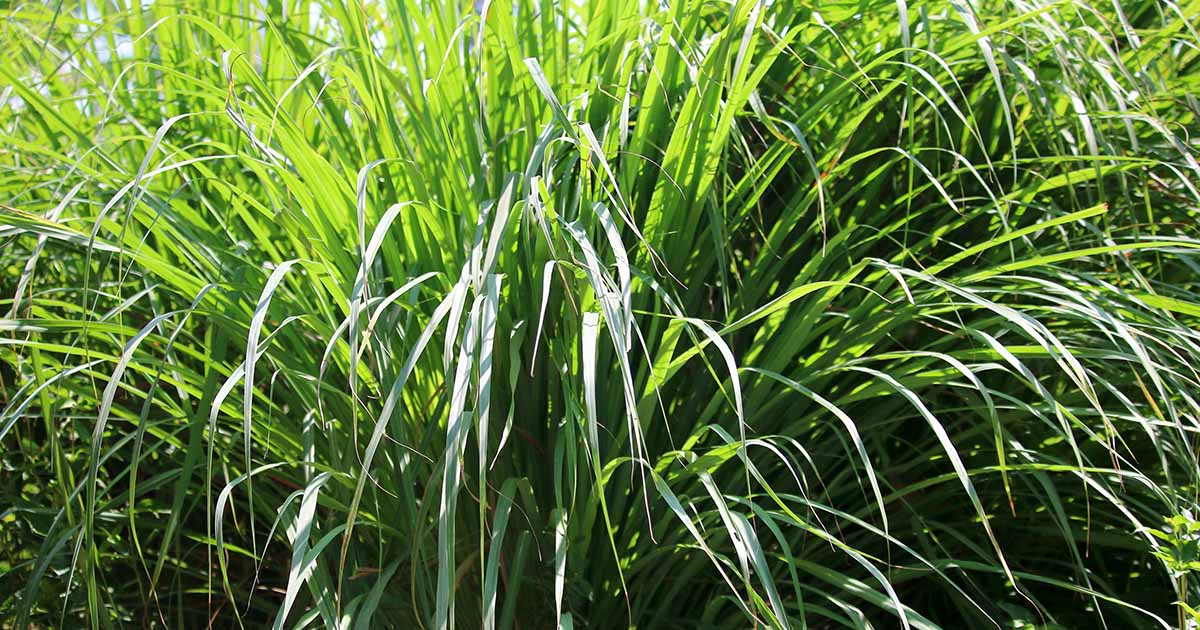
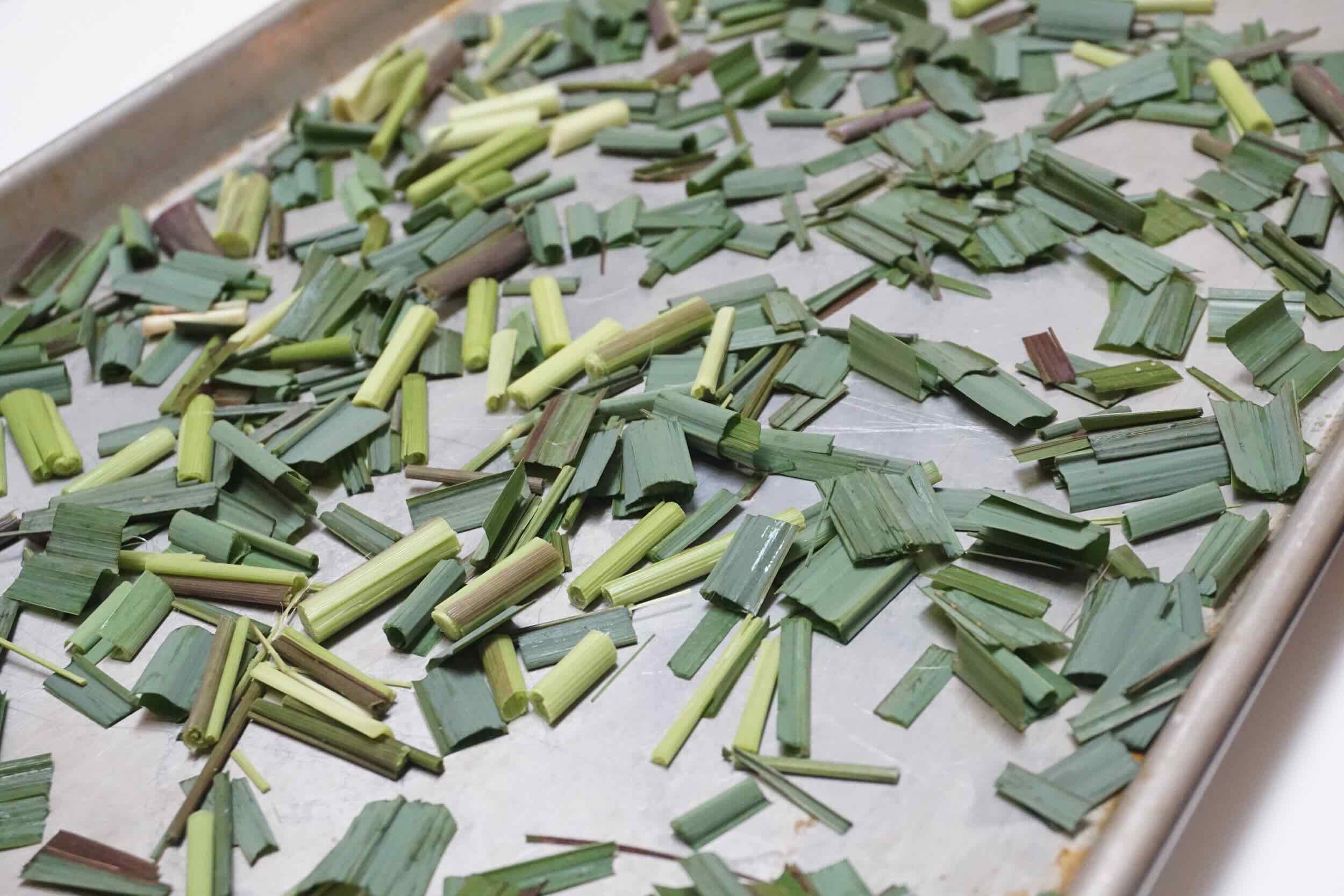
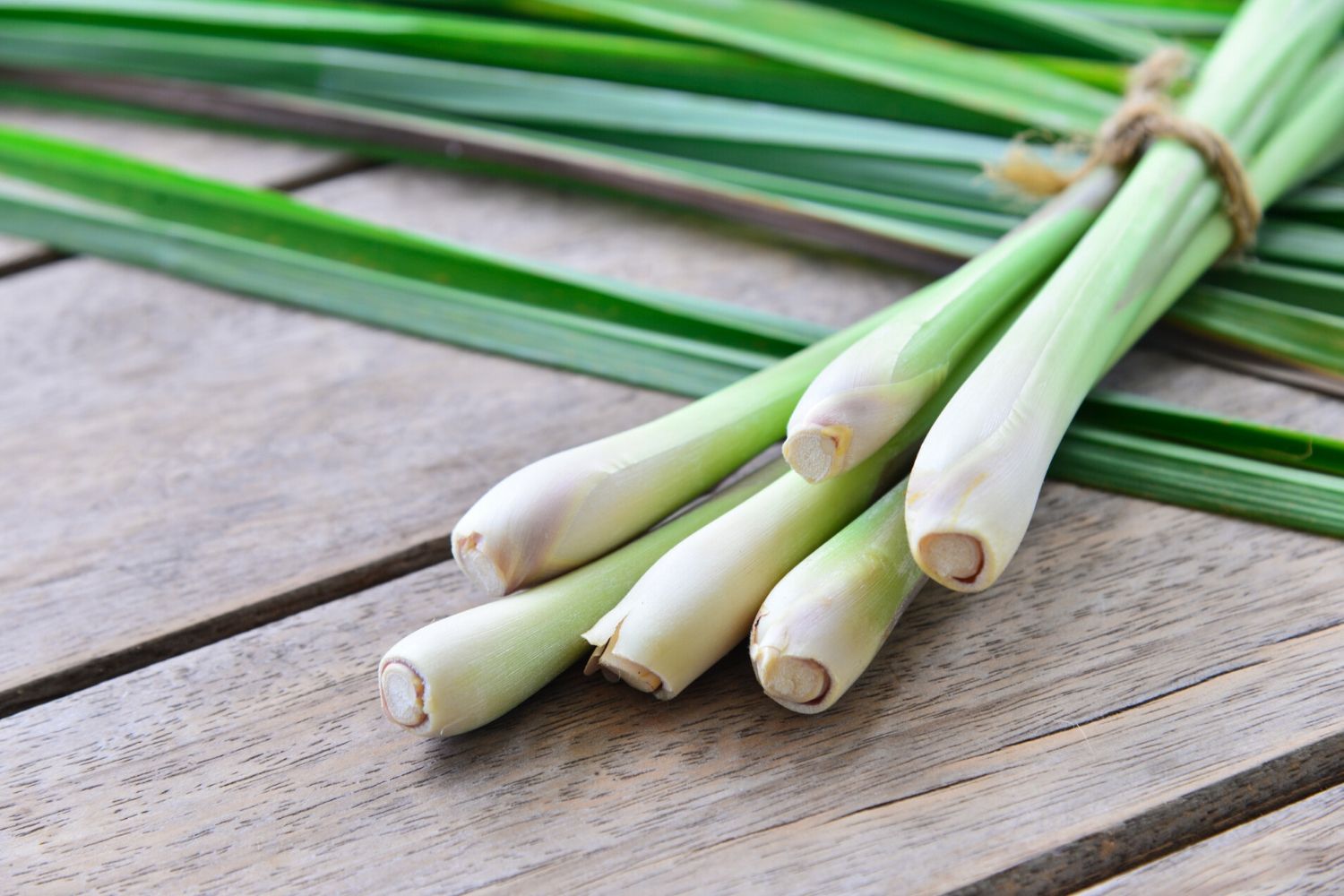
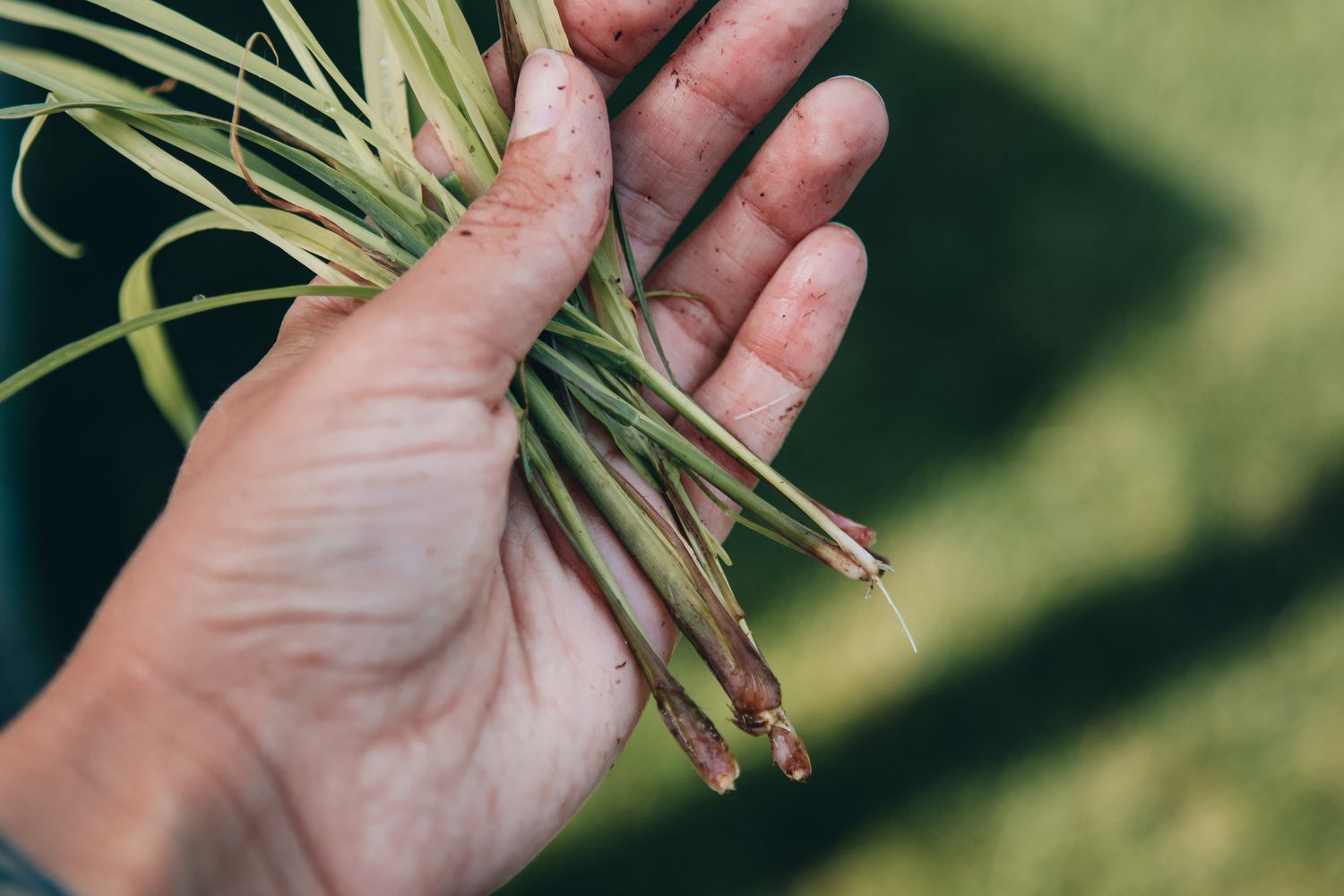
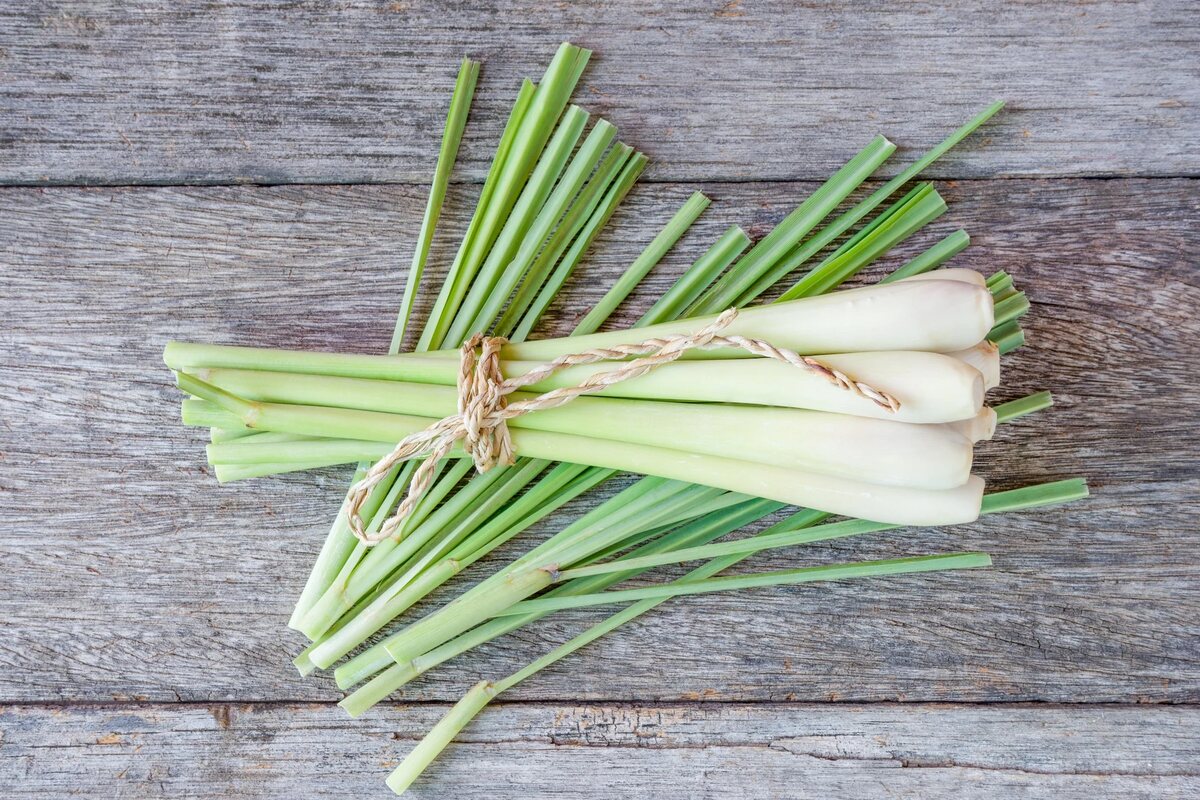
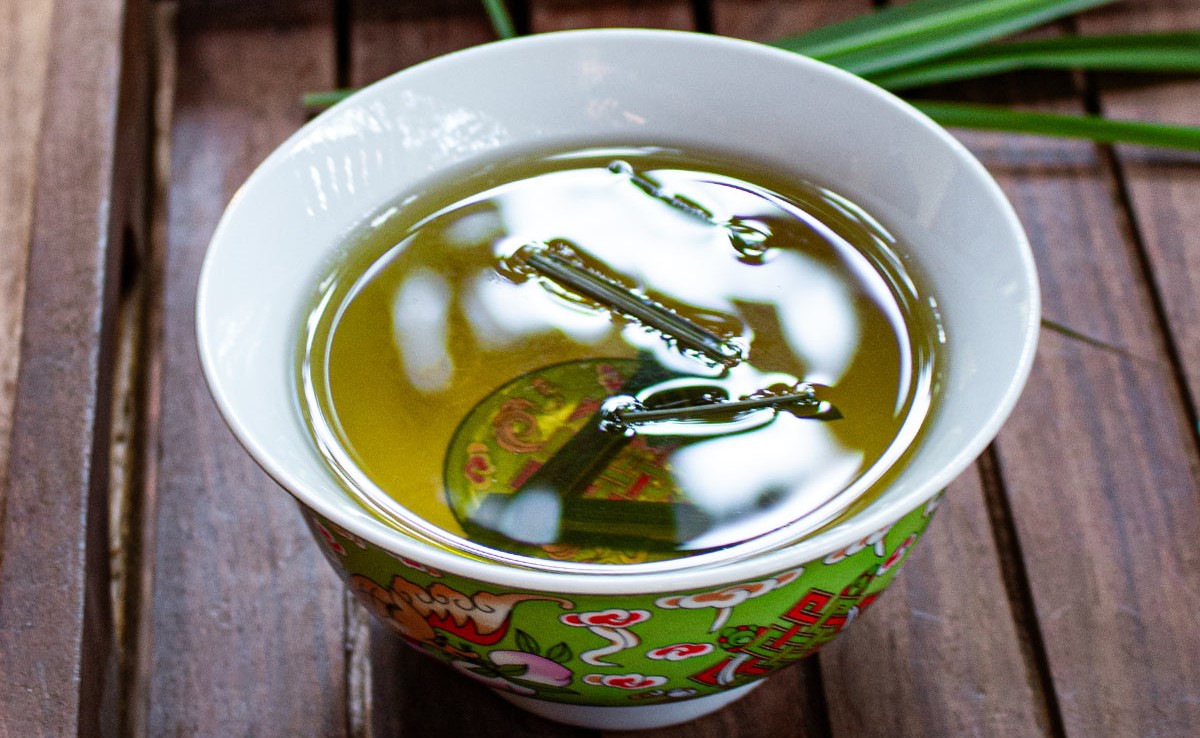
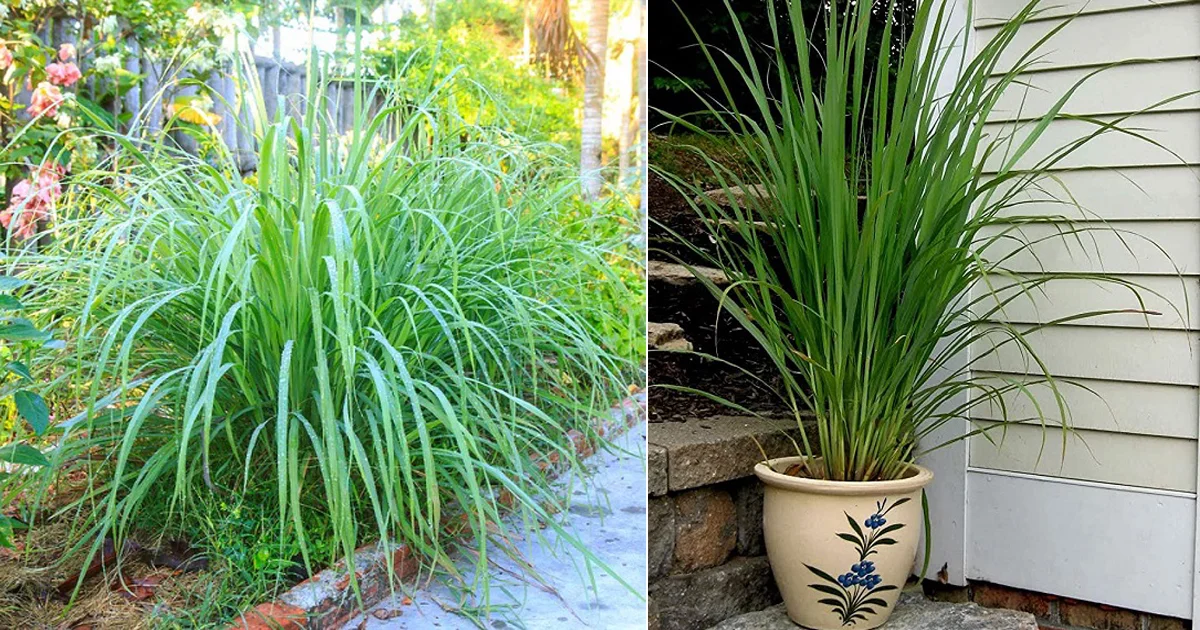
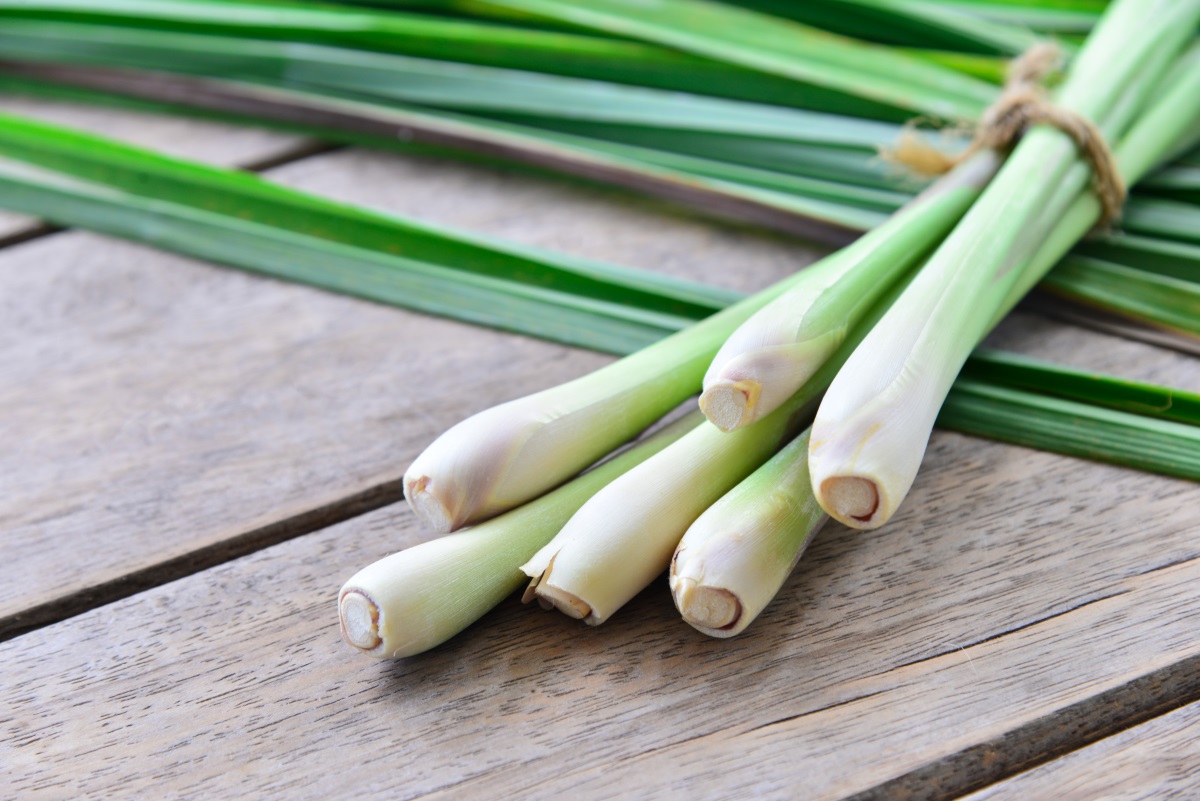
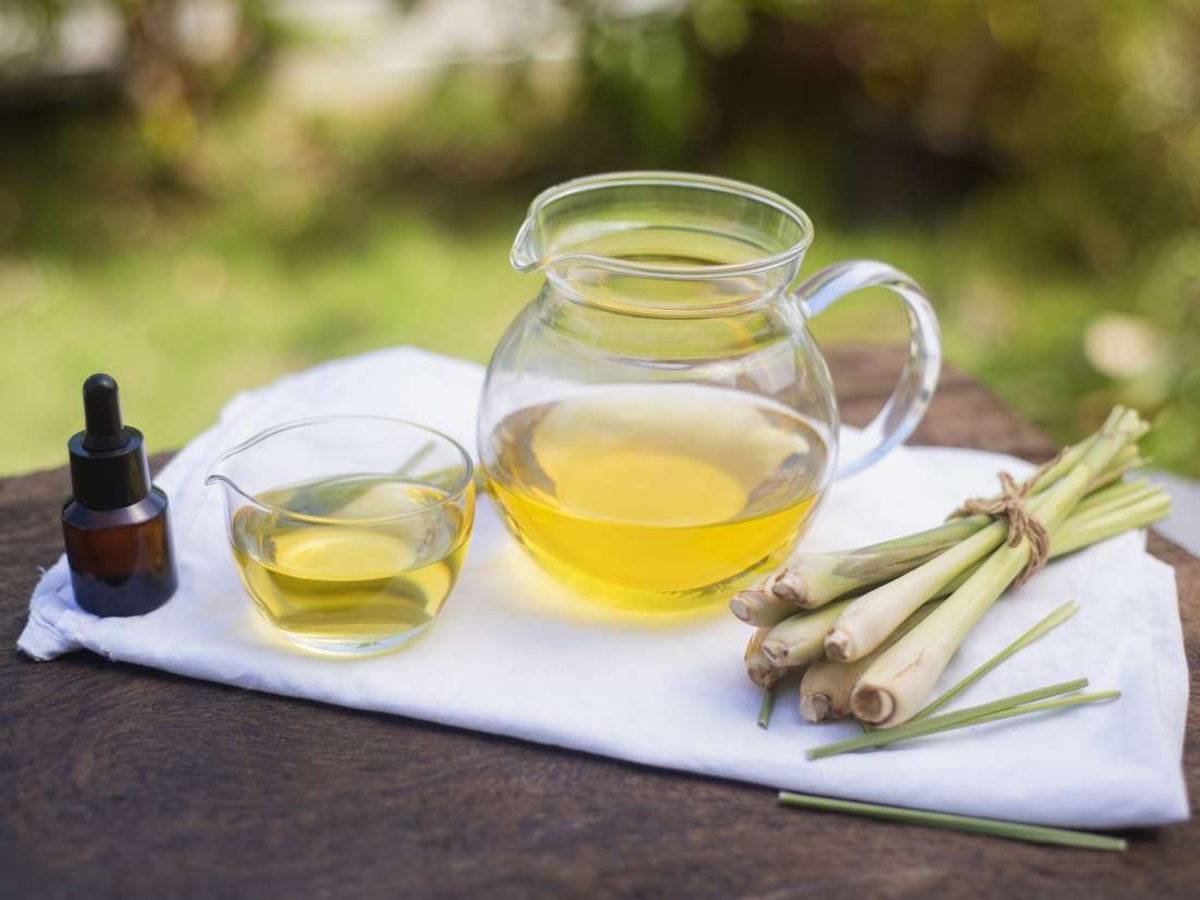
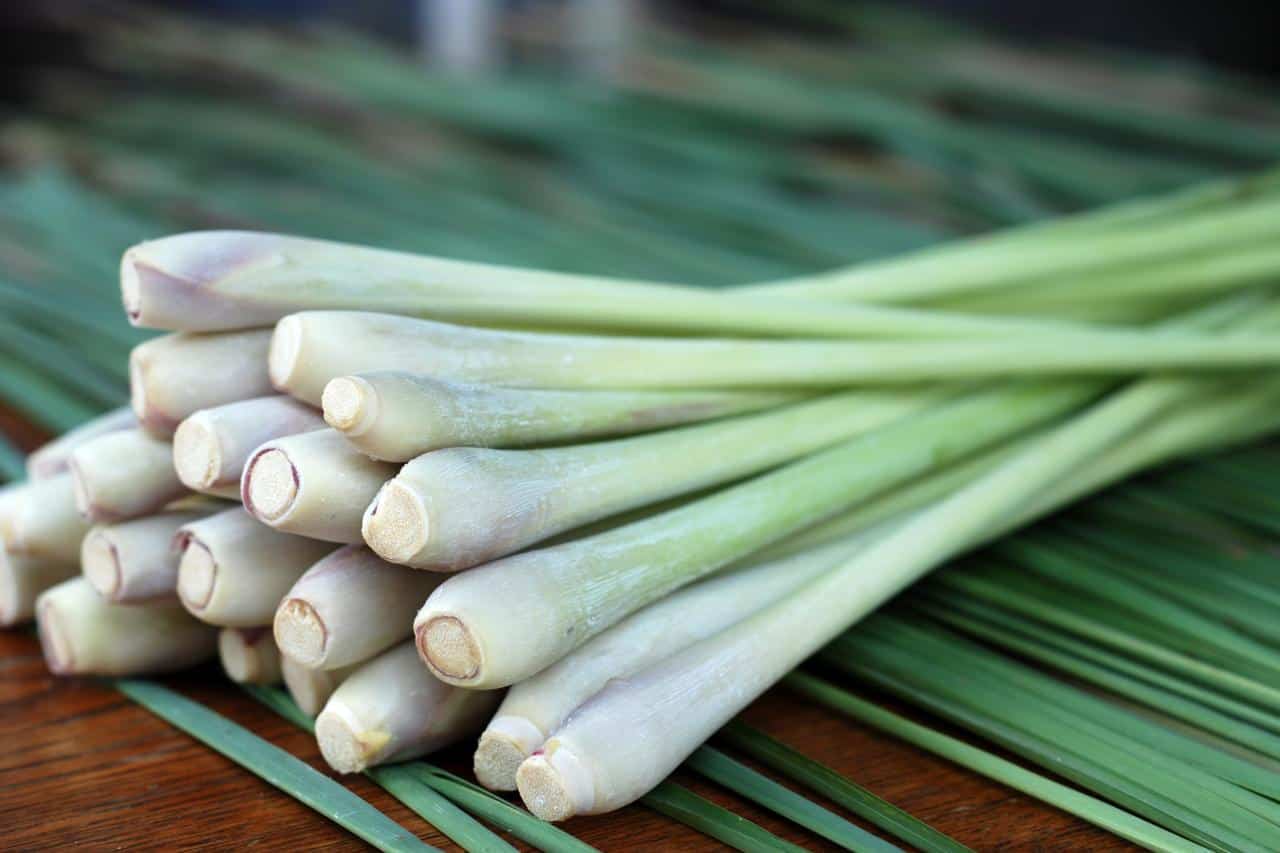

0 thoughts on “How Big Does Lemongrass Grow”